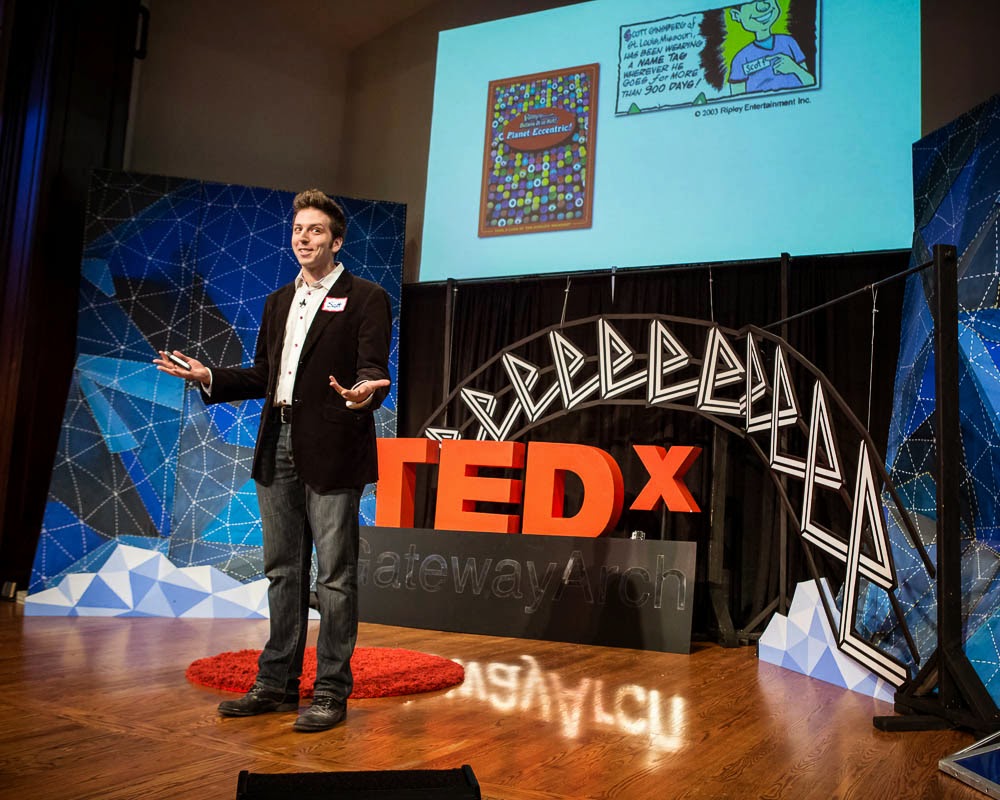

All creativity begins with the moment of conception.
That little piece of kindling that gets the fire going. That initial source of inspiration that takes on a life of its own. That single note from which the entire symphony grows. That single spark of life that signals an idea’s movement value, almost screaming to us, something wants to be built here.
And so, in this blog series, I’m going to be deconstructing my favorite moments of conception from popular movies. Each post will contain a video clip from a different film, along with a series of lessons we can learn from the characters.
Today’s clip comes from the courtroom scene from Accepted:
What can we learn?
Don’t spend too much time crossing your fingers. I believe in building a brand from the inside out. Creating a high enough volume of daily output so that the market targets you. Allowing new opportunities find you through the attraction of working, not the agony of waiting. That’s how I’ve successfully run my business for the past fifteen years. But as an experiment, as a way of testing my own system, I recently spent a summer doing the exact opposite. Filling out job applications, responding to proposals, going on interviews, meeting with recruiters, submitting my portfolio for freelance gigs and seeking out new work opportunities. By the end of the summer, I had been rejected over twelve hundred times. Twelve hundred times. And despite my best efforts, not a single one of those opportunities came to fruition. And I thought to myself, wow, playing the starving artist’s lottery is a fucking joke. Waiting around for some invisible jury to stamp your creative passport and tell you that your work is okay is no way to live your life. Because it creates negative momentum. Each one of those twelve hundred rejections, while only marginally painful in isolation, adds up pretty quickly. And by the end of the summer, I was starting to get disillusioned. Because I knew that the hour I spent each day looking for work would have been better invested creating, instead of waiting around for people to give me the opportunity to show them how creative I was. So I stopped. I ended the experiment and went back to doing what I do best. Making things. And literally within a week, I booked two new clients and a major network television interview. Are you crossing your fingers or using them to create art?
Instigation capital is cheap. Gaines creates his own fake college after being receiving rejection letters from all of the colleges to which he applies. He literally accepts himself. And disenchanted with traditional college life, he then has the students create their own curricula, ranging from the culinary arts to skateboarding to meditation to psychokinesis. What’s fascinating about this plot line is, it’s not as fictitious and whimsical as the movie might suggest. In fact, it’s quite prophetic. Nearly a decade after this movie came out, their crazy idea of creating your own college is actually possible. Because the center of gravity has shifted. The gatekeepers have left their gates. The boundaries between consumer, producer, investor, supplier, buyer and end user have faded. Everybody is everything. The world has officially shifted from a gated community to a permissionless platform. Hallelujah. Welcome to the direct to consumer era. Where the need for the middlemen of the world is quickly vanishing. No wonder critics hated this movie. They represent the very gatekeepers the film proves to be irrelevant. Are you still waiting to be accepted by the powers that be
When you find your people, you belong everywhere. There was a point in time when weird people not only couldn’t do whatever they wanted, but were brutalized for doing it. But that was before weird became the new normal. Now we’re all weird. Now all the things people used to get made fun of for, they get paid for. Or at least appreciated for. And so, we’re seeing people slowing making peace with their own weirdness, gently making their rough edges known, one creative act at a time. It’s magnificent. And the best part is, we seem to be radically accepting of this mutual weirdness. Seuss famously said that when we find someone whose weirdness is compatible with ours, we join up with them and fall in mutual weirdness, and call it love. This movie is paints a picture of possibility for that kind of belonging. Of course, it’s still a movie. Life doesn’t always wrap up in a nice little package at the end of ninety minutes. And that’s the tricky part about weirdness. There’s a certain acceptance, pardon the pun, that it might be a long time before your weirdness catches on. The question is how long you’re willing to do it before the right people notice. Will you still be around when the world is finally ready for you?
LET ME ASK YA THIS…
What did you learn from this movie clip?
LET ME SUGGEST THIS…
For a copy of the list called, “35 Ways to Leverage Your Next Media Appearance,” send an email to me, and you win the list for free!
* * * *
Scott Ginsberg
That Guy with the Nametag
Author. Speaker. Strategist. Filmmaker. Publisher. Songwriter.
scott@hellomynameisscott.com

Never the same speech twice. Customized for your audience. Impossible to walk away uninspired.
Now booking for 2015-2016.
Email to inquire about fees and availability. Watch clips of The Nametag Guy in action here!
